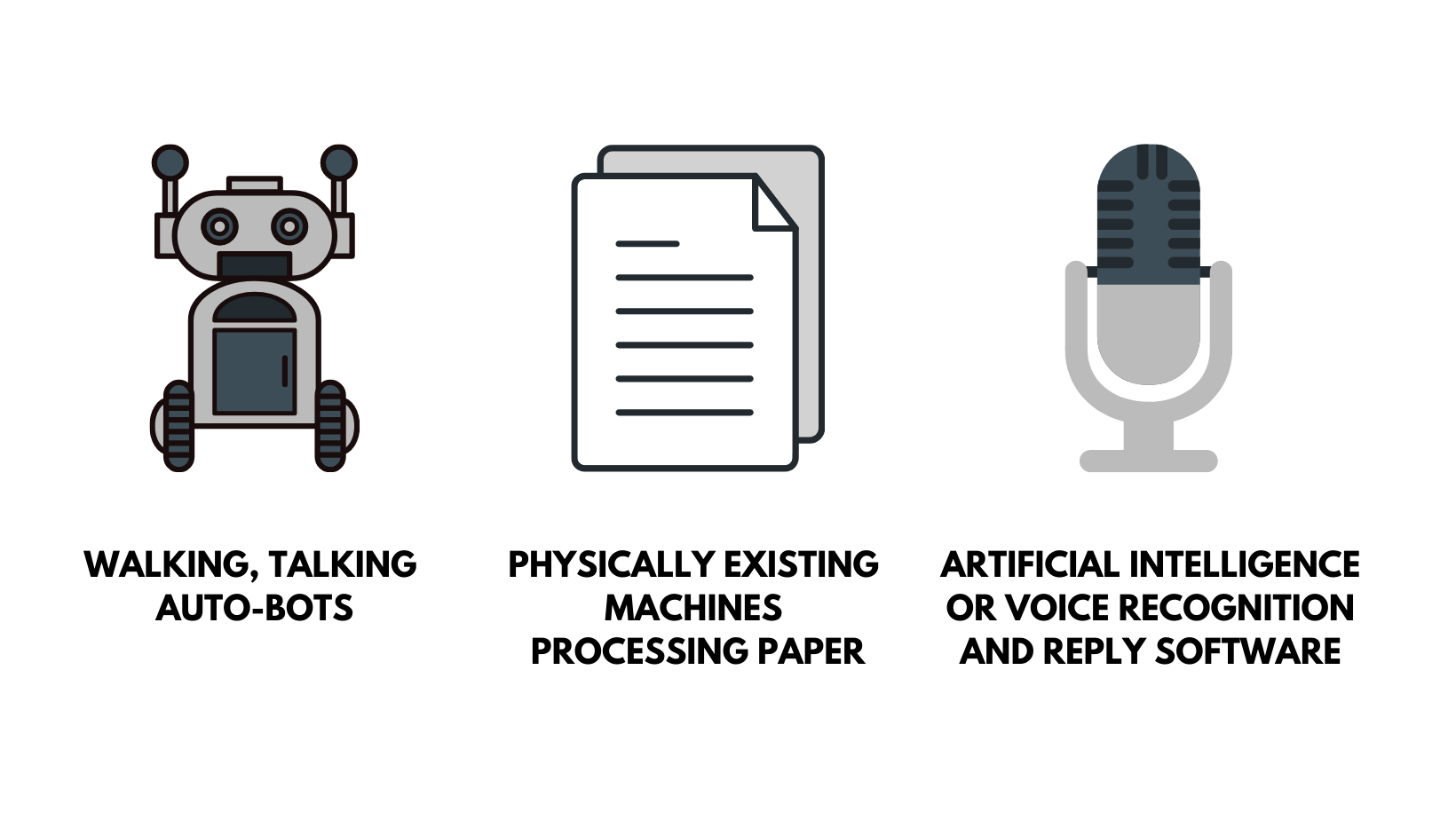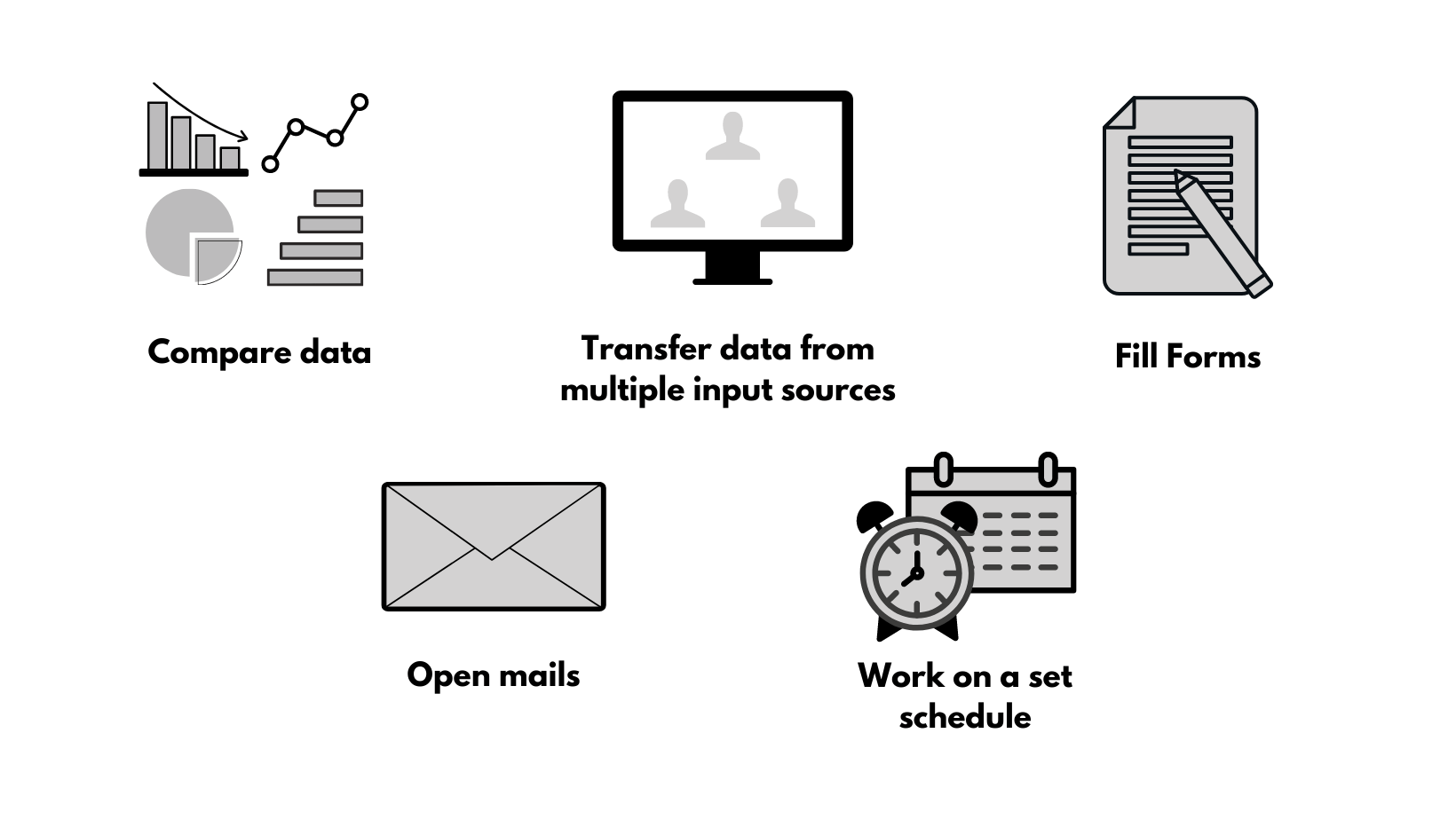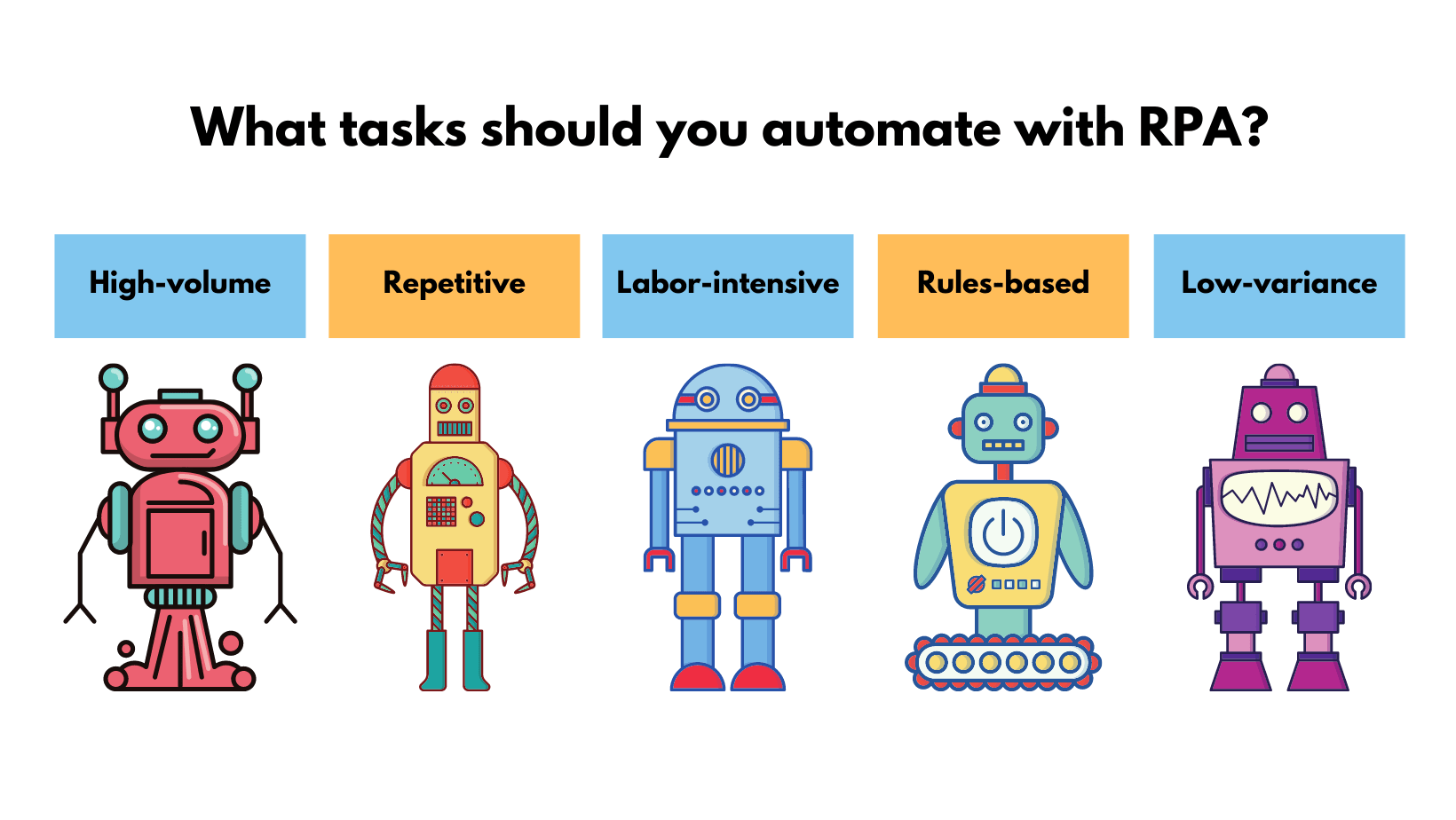Are you one of those companies where a lot of your work is still being manually done? Where a lot of your employees still perform mundane rule-based, repetitive tasks like copy-pasting data from one system to another and manually filling forms? Do you have employees who look for errors your other employees made while inputting data from one application to another?
One of the benefits of this COVID era is that many modern organizations turned to automating these tasks to free up their employees for more cognitive, business-critical tasks. If you still haven’t modernized your company and you are looking for ways to do it, our people from CROZ have a perfect answer for you – the technology called Robotic Process Automation or RPA.
Robotic Process Automation is a subset of an automation wave called Intelligent Automation that is sweeping across industries and transforming them. These robots or shorter bots can mimic actions human employees perform on their computers and perform traditionally repetitive work. All of us are being impacted by this in some shape or form and that impact will feel more pronounced in the years to come. In this blog, we will give you a short introduction to what it is, what it is not and in the next article we will point out some good and bad things about Robotic Process Automation.
What is RPA?
Institute of RPA defines it as:
“The application of technology that allows employees in a company to configure software or a “robot” to capture and interpret existing applications for processing a transaction, manipulating data, triggering responses, and communicating with other digital systems.”
For simplicity, you can think of it as software that can mimic human actions. These robots work at the user interface level and can manipulate and pass data to and from different applications, execute transactions, trigger responses and many other tasks that people still do manually.
What it is not?

What it’s not?
We identified what it is is, but we also need to clarify what it isn’t since there are still many misconceptions about it. Robotic Process Automation is not a kind of R2D2, C3PO or Terminator who will sit at the company’s desk and work day after day, fill forms, process paper, etc. When talking about RPA, we think of software robots used to automate business functions and processes, not hardware robots. You have probably seen physical robots in a car company assembling cars, but RPA is mainly about software-related task automation. When implementing this in their organizations, people think it’s a magic wand for all their processes, but the truth is far from that. RPA is not the answer for all business problems. It is important to look at a business problem from various angles. There are times when a different domain or approach can be a much better solution than RPA. It is not a technology like Siri or Alexa who can talk with humans. Those are technologies that belong to a different technological stack of artificial intelligence. However, in recent years AI and cognitive elements are increasingly making their way into RPA platforms. Finally, this is not some kind of magic software that can read our minds. Something like that still doesn’t exist (maybe in 10-20 years).
2.2. What can RPA bots do?

With Robotic Process Automation, users create software robots, or “bots”. Here are a few things that RPA bots can do:
Open invoice emails (with attachments)
- The bots can open your invoice emails with attachments and further process them or print them for records.
Transfer data from multiple input sources such as ERP and CRM systems
- The bots can take data from the ERP system, enrich the data, perform some data manipulation, and then send that data to another system. These bots can also consolidate data from multiple input sources into one place.
Copy and paste data and fill out forms
- Are your employees tired of manually filling forms or copying data from one PDF and pasting it to an Excel file? With RPA bots those problems will disappear because they can be programmed to fill out forms and/or copy and paste data from one application to another one, etc.
Compare data and perform calculations
- Do you have multiple Excel spreadsheets you must compare? For example, in one Excel you have data about products sold in one store, and in the other, you have data about products sold in different stores and you want to compare which store sold more products? Don’t worry, these bots can take multiple Excel spreadsheets, compare them, and perform calculations on them.
Work on a pre-set schedule or logical rules
- Do you have a process that needs to be started after Event A occurs? Do you have a process that needs to generate a report for the early morning when your employees come to work and to check them and validate them? You can schedule your bots to generate reports for you overnight and when your employees come to the job in the early morning, reports will wait for them on their workstation.
RPA in numbers
Here we took out a few quotes from white papers that illustrate how much Robotic Process Automation is growing in popularity:
· In 2021 and 2022, 72% of organizations will work with RPA (Gartner)
· Sometimes in 2023, RPA will reach almost universal adoption (Deloitte)
· The Robotic Process Automation service market will reach 12$ billion by 2023 and by the end of 2021 the market itself will reach about 2.9$ billion (Forrester)
· 92% of respondents to a Deloitte survey say that these bots met or exceeded their expectations which were followed by improved quality/accuracy (90%), improved productivity (86%) and cost savings (59%)
Those are some powerful predictions, and they illustrate RPA as an emerging technology. Still, for it to survive, thrive, and evolve even more, organizations need to find a way to succeed with it. The next question you might ask yourself is “How can I successfully implement RPA in my organization?”
Selection process for RPA
To successfully implement this in your organization, you need to select processes that are suitable. So, let’s look at the characteristics of a good process candidate for implementation.

Process selection for RPA
The process that is suited for RPA needs to be:
Repetitive
- The process needs to be predictable. Processes that are manual and repeated consistently are the right processes for RPA. On the other side, dynamic processes can pose a challenge when it comes to bot creation. So, the more the process is repetitive and predictable, the better for RPA.
Rule-based
- Rule-based means that the process is based on a series of “if-then” rules. A process with poorly defined rules might feature a lot of exceptions and, therefore, is very difficult to automate with RPA. You need to keep in mind that robots are not so good at handling unexpected situations, so you need to code every exception condition into your RPA script. Otherwise, robots will need human intervention when an unexpected exception occurs. That’s why rule-based processes are perfect for RPA.
Structured input/output
- Inputs like CSVs, Excels or API calls are easily accessible without human intervention and make the process a perfect fit for RPA. However, inputs like handwritten invoices, faxes, or documents with the unstructured format of data need to be handled by humans and they are not so good for RPA. To sum it up, the more structured the input/output, the better the process is fitted for RPA.
A total volume of work
- RPA really shines when the total volume or number of transactions of the tasks is high, like screening the thousands of CVs, scraping hundreds of invoices, sending thousands of emails, etc.
Off-hour’s processing
- Is the process able to run 24/7? One of the selling points of RPA is it can work five times faster than humans since it doesn’t require a lunch break, toilet break, vacation. Also, a robot can work 24/7 without being inefficient or ineffective. The more time is required for the process to run, the better the process fits the RPA.
Error-prone
- Is the process prone to human errors? The more the process is prone to human error, the better it is for RPA since bots don’t make any mistakes if they are programmed the right way. They will do what they are told with 100% accuracy and won’t commit any errors, unlike human employees who will, with time, make an occasional mistake here and there.
Process/System stability
- If the process is prone to changes, either featuring many regular technology changes on the IT side or many changes in logic on the business side, more updates will need to be made to the robot. So, the more the process and system are stable, the better for RPA.
Duplicated data
- Does the process include interacting with multiple systems that include duplicating data? The more duplicated data, the better it is for RPA.
Conclusion
In this blog, we tried to familiarize you with the definition of what RPA is and what RPA is not. Then, we pointed out some things that RPA bots can do, and in the end, we described some characteristics a process should have to be a good candidate for the RPA. If you enjoyed the blog, stay tuned for the following one that will reveal the good and bad sides of the RPA and how to deal with those bad sides. Also, you’ll find out the risks you should look after when implementing RPA.
Falls Sie Fragen haben, sind wir nur einen Klick entfernt.


